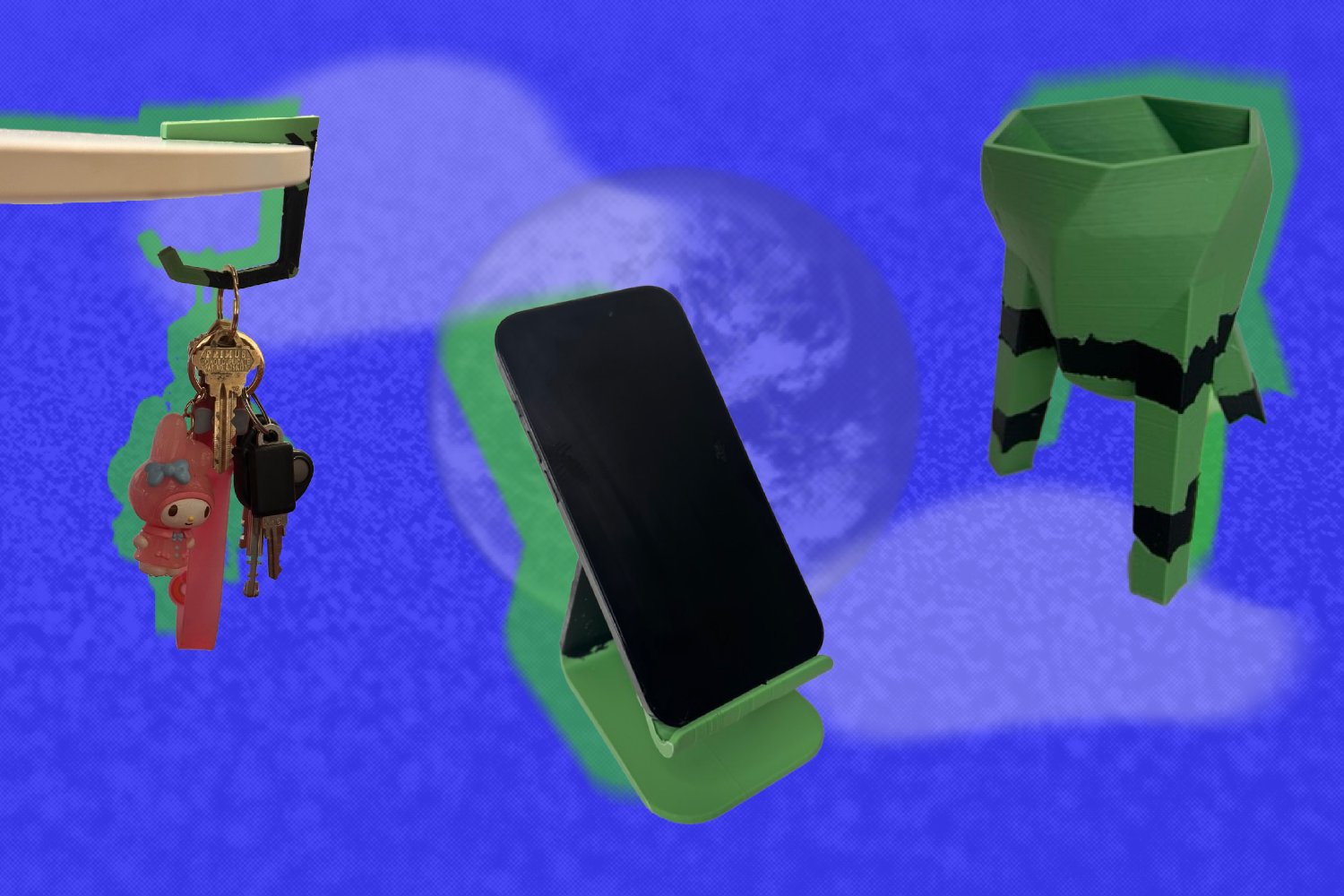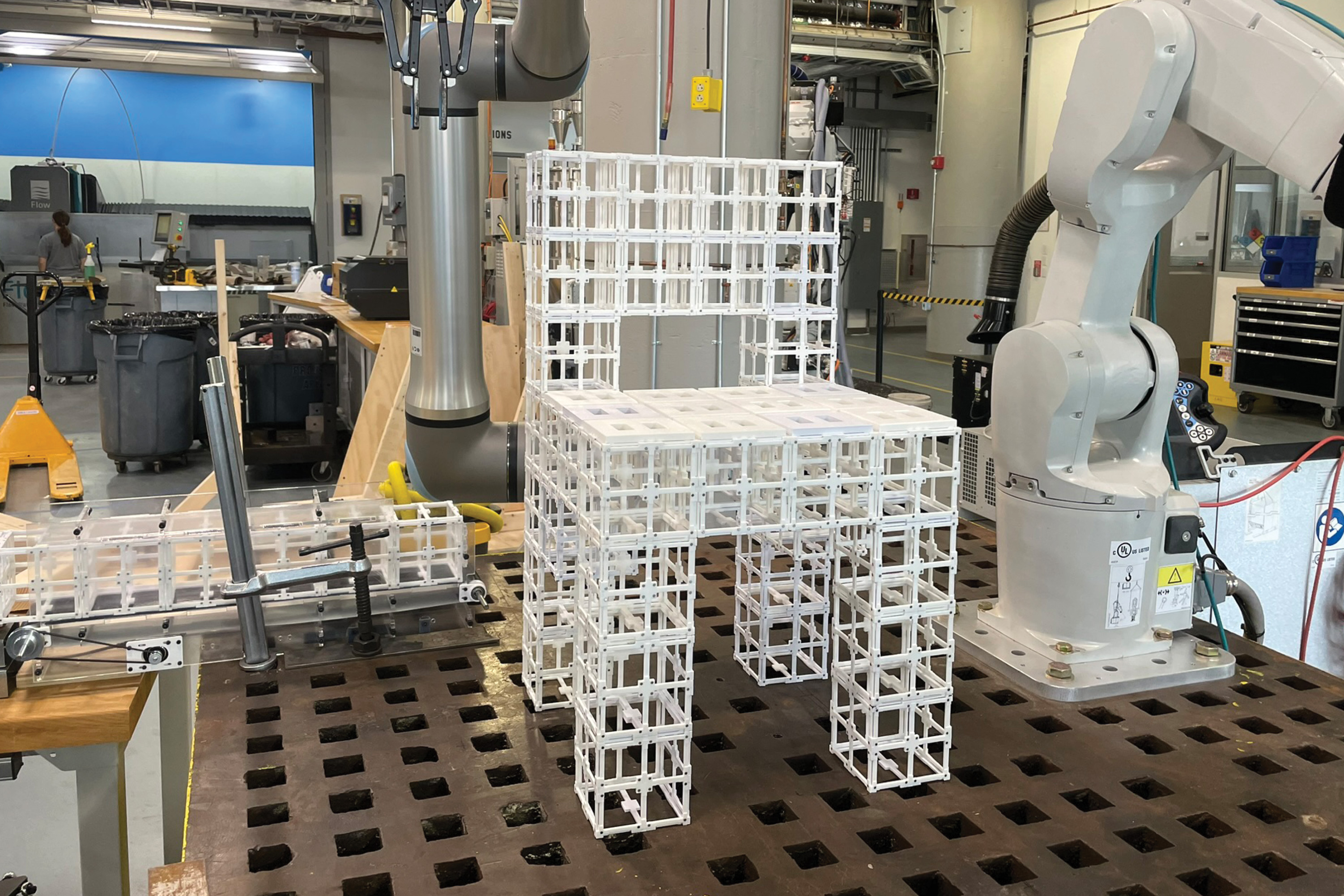Introduction to 3D Printing
3D printing has come a long way since its invention in 1983 by Chuck Hull, who pioneered stereolithography, a technique that solidifies liquid resin into solid objects using ultraviolet lasers. Over the decades, 3D printers have evolved from experimental curiosities into tools capable of producing everything from custom prosthetics to complex food designs, architectural models, and even functioning human organs.
The Environmental Footprint of 3D Printing
But as the technology matures, its environmental footprint has become increasingly difficult to set aside. The vast majority of consumer and industrial 3D printing still relies on petroleum-based plastic filament. And while “greener” alternatives made from biodegradable or recycled materials exist, they come with a serious trade-off: they’re often not as strong. These eco-friendly filaments tend to become brittle under stress, making them ill-suited for structural applications or load-bearing parts — exactly where strength matters most.
SustainaPrint: A Solution to the Trade-Off
This trade-off between sustainability and mechanical performance prompted researchers at MIT’s Computer Science and Artificial Intelligence Laboratory (CSAIL) and the Hasso Plattner Institute to ask: Is it possible to build objects that are mostly eco-friendly, but still strong where it counts? Their answer is SustainaPrint, a new software and hardware toolkit designed to help users strategically combine strong and weak filaments to get the best of both worlds.
How SustainaPrint Works
Instead of printing an entire object with high-performance plastic, the system analyzes a model through finite element analysis simulations, predicts where the object is most likely to experience stress, and then reinforces just those zones with stronger material. The rest of the part can be printed using greener, weaker filament, reducing plastic use while preserving structural integrity.
Experiments and Results
For their experiments, the team used Polymaker’s PolyTerra PLA as the eco-friendly filament, and standard or Tough PLA from Ultimaker for reinforcement. They used a 20 percent reinforcement threshold to show that even a small amount of strong plastic goes a long way. Using this ratio, SustainaPrint was able to recover up to 70 percent of the strength of an object printed entirely with high-performance plastic. They printed dozens of objects, from simple mechanical shapes like rings and beams to more functional household items such as headphone stands, wall hooks, and plant pots.
Testing the Limits of SustainaPrint
Each object was printed three ways: once using only eco-friendly filament, once using only strong PLA, and once with the hybrid SustainaPrint configuration. The printed parts were then mechanically tested by pulling, bending, or otherwise breaking them to measure how much force each configuration could withstand. In many cases, the hybrid prints held up nearly as well as the full-strength versions.
A Lean, Green, Eco-Friendly Printing Machine
SustainaPrint starts off by letting a user upload their 3D model into a custom interface. By selecting fixed regions and areas where forces will be applied, the software then uses an approach called “Finite Element Analysis” to simulate how the object will deform under stress. It then creates a map showing pressure distribution inside the structure, highlighting areas under compression or tension, and applies heuristics to segment the object into two categories: those that need reinforcement, and those that don’t.
Future Plans and Potential
The researchers plan to release SustainaPrint open-source, making both the software and testing toolkit available for public use and modification. Another initiative they aspire to bring to life in the future: education. “In a classroom, SustainaPrint isn’t just a tool, it’s a way to teach students about material science, structural engineering, and sustainable design, all in one project,” says Perroni-Scharf. “It turns these abstract concepts into something tangible.”
Conclusion
As 3D printing becomes more embedded in how we manufacture and prototype everything from consumer goods to emergency equipment, sustainability concerns will only grow. With tools like SustainaPrint, those concerns no longer need to come at the expense of performance. Instead, they can become part of the design process: built into the very geometry of the things we make.
FAQs
- What is SustainaPrint?
SustainaPrint is a software and hardware toolkit designed to help users strategically combine strong and weak filaments to get the best of both worlds in 3D printing. - How does SustainaPrint work?
SustainaPrint analyzes a model through finite element analysis simulations, predicts where the object is most likely to experience stress, and then reinforces just those zones with stronger material. - What are the benefits of using SustainaPrint?
SustainaPrint reduces plastic use while preserving structural integrity, making it a more sustainable option for 3D printing. - Will SustainaPrint be available for public use?
Yes, the researchers plan to release SustainaPrint open-source, making both the software and testing toolkit available for public use and modification.











